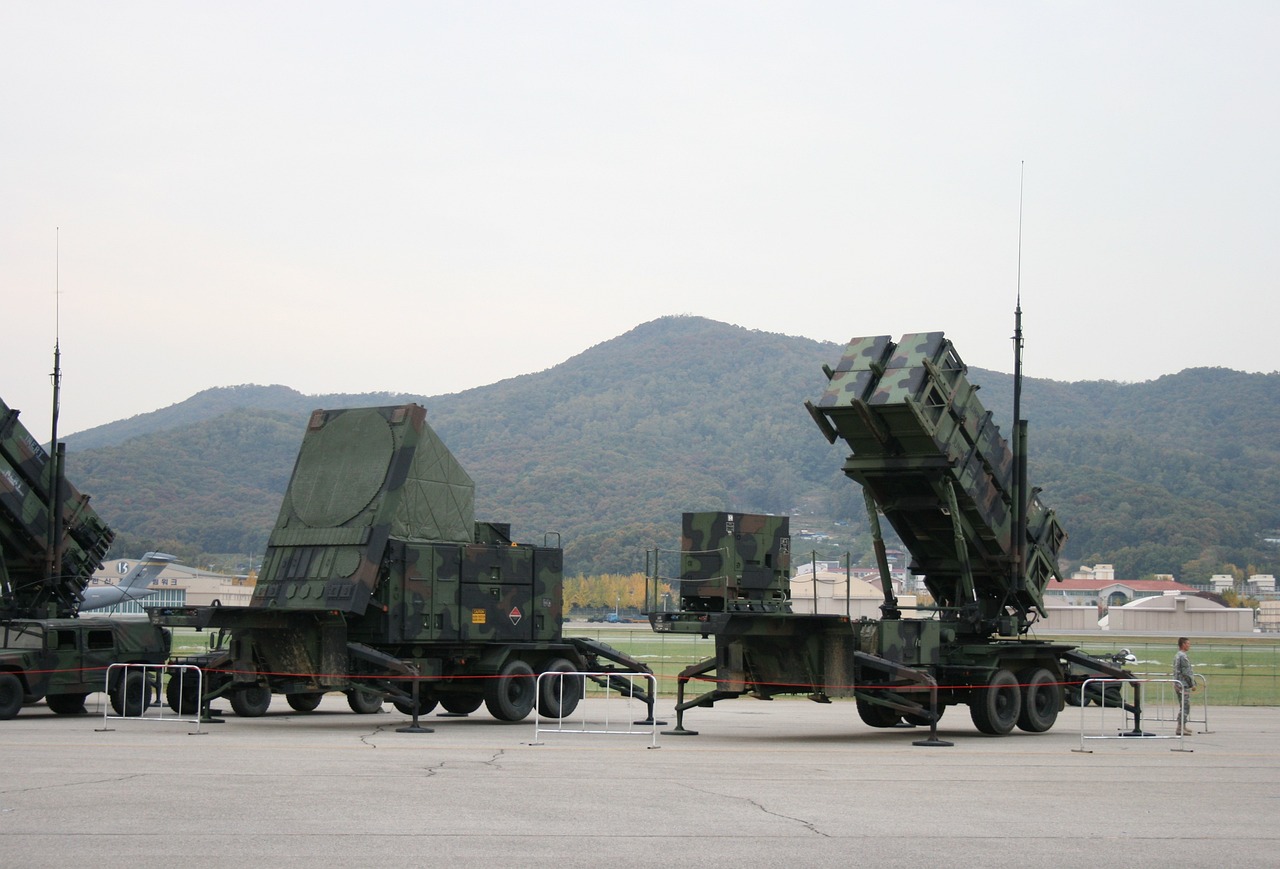This post is also available in:
 עברית (Hebrew)
עברית (Hebrew)
China launched two satellites meant to monitor and investigate the changes in Earth’s magnetic field, in a mission called Macau Science 1. The launch occurred on May 21st at the Jiuquan launch site in the Gobi Desert.
According to the South China Morning Post, the two satellites will operate in two slightly different orbits- one will fly 400km above Earth, while the other will operate at an altitude of 500km. China’s National Space Administration (CNSA) stated that these satellites will be able to take some of the most accurate measurements of the Earth’s magnetic field to date. CNSA stated that they hope this mission will shed new light on the Earth’s magnetic field, how it is formed, and how it changes over time.
The Earth’s magnetic field is absolutely crucial for our existence and survival, and without it, Earth wouldn’t be able to sustain a livable atmosphere. According to NASA, the strength of the magnetism has weakened by about nine percent over the past 200 years, and we still don’t understand why. While this decrease is not an immediate cause for alarm, some scientists have hypothesized that the planet Mars may have once had an atmosphere like ours, which disappeared due to the cooling of its core and the subsequent decline of its magnetic field.
Nevertheless, the two satellites are equipped with a series of impressive instruments. From high-precision magnetometers to detectors that monitor the surrounding space environment. This mission follows in the footsteps of Europe’s three-satellite Swarm mission and the Chinese-Italian Zhangheng 1 satellite mission, both of which are collecting data on Earth’s magnetic field.
The Macau Science 1 team will be collecting information from the satellites for the next 6 to 12 months, and if all goes well the satellites are supposed to operate for at least five years.


























